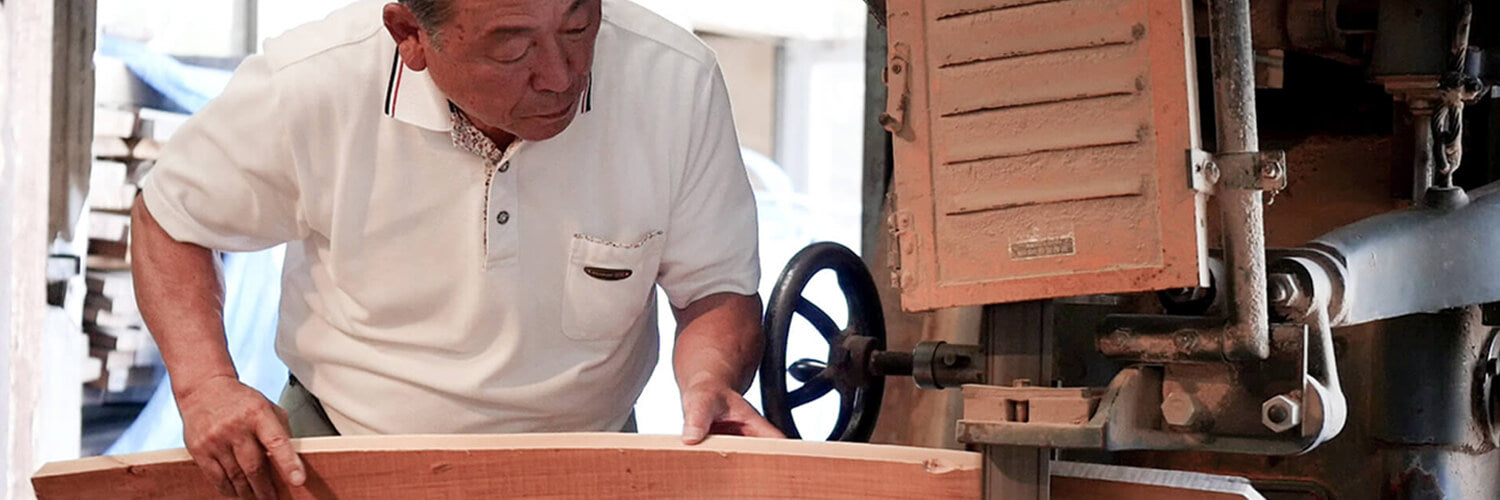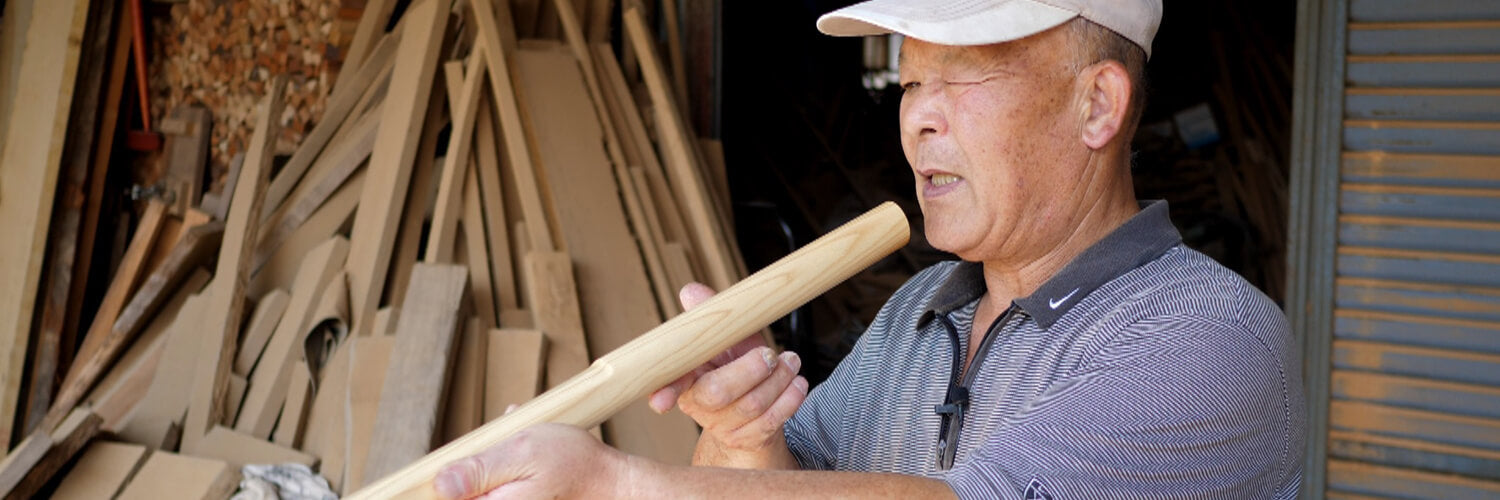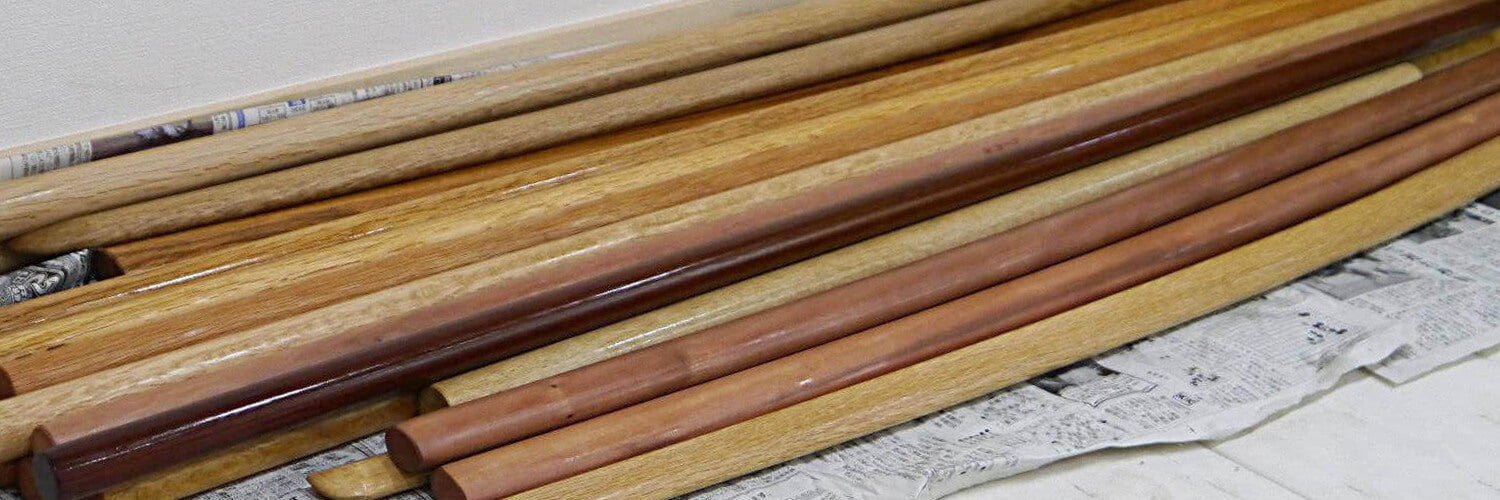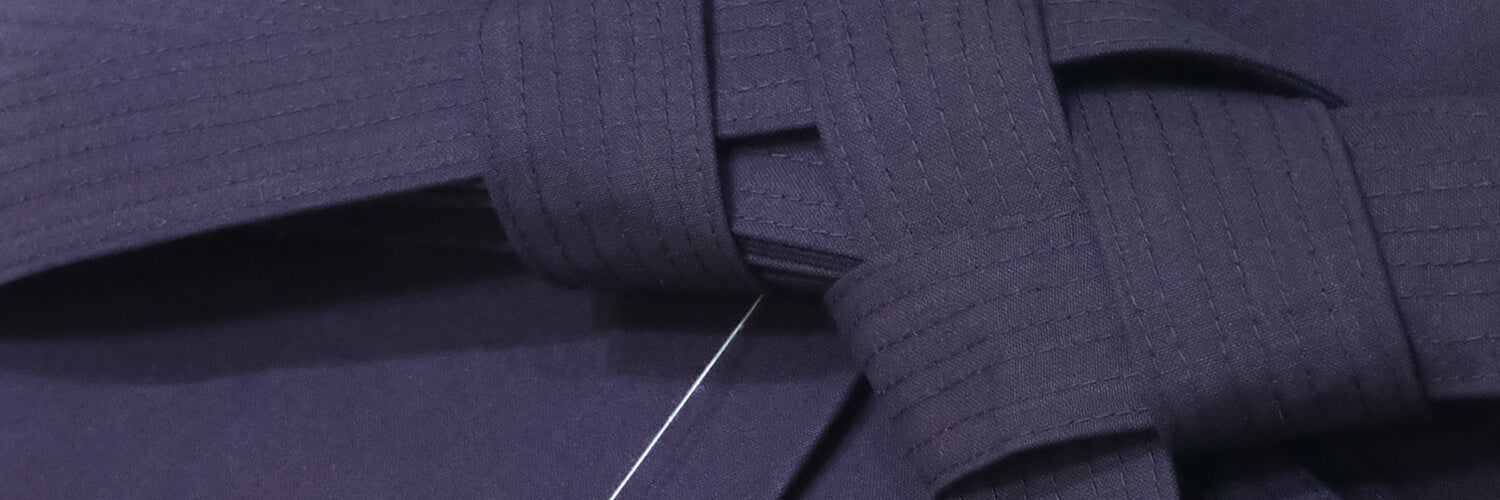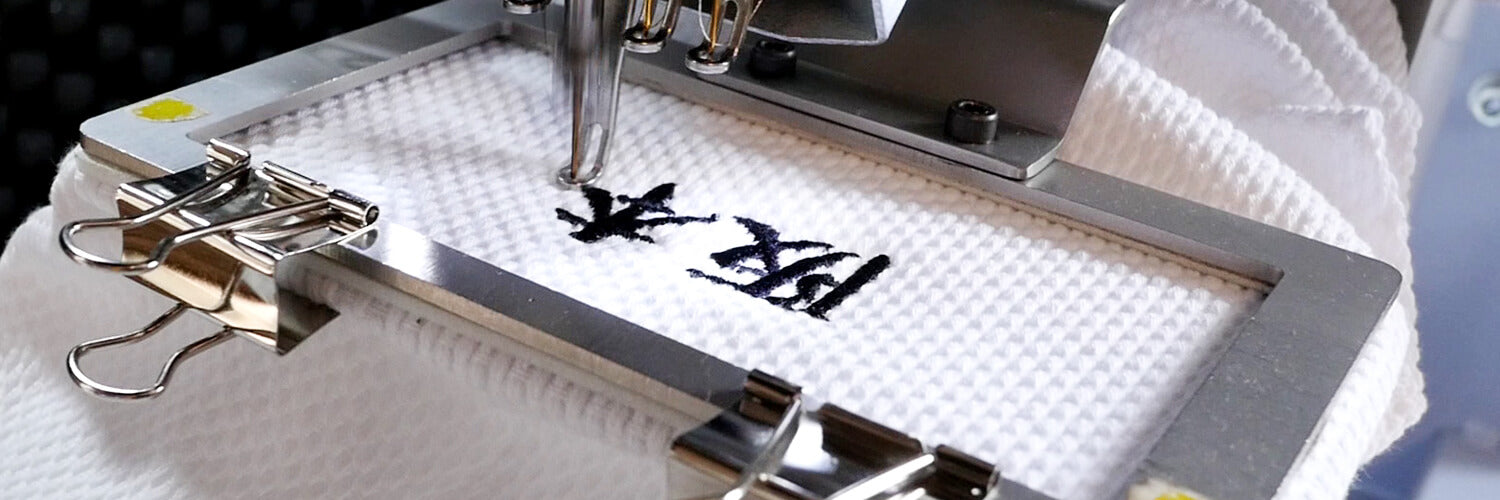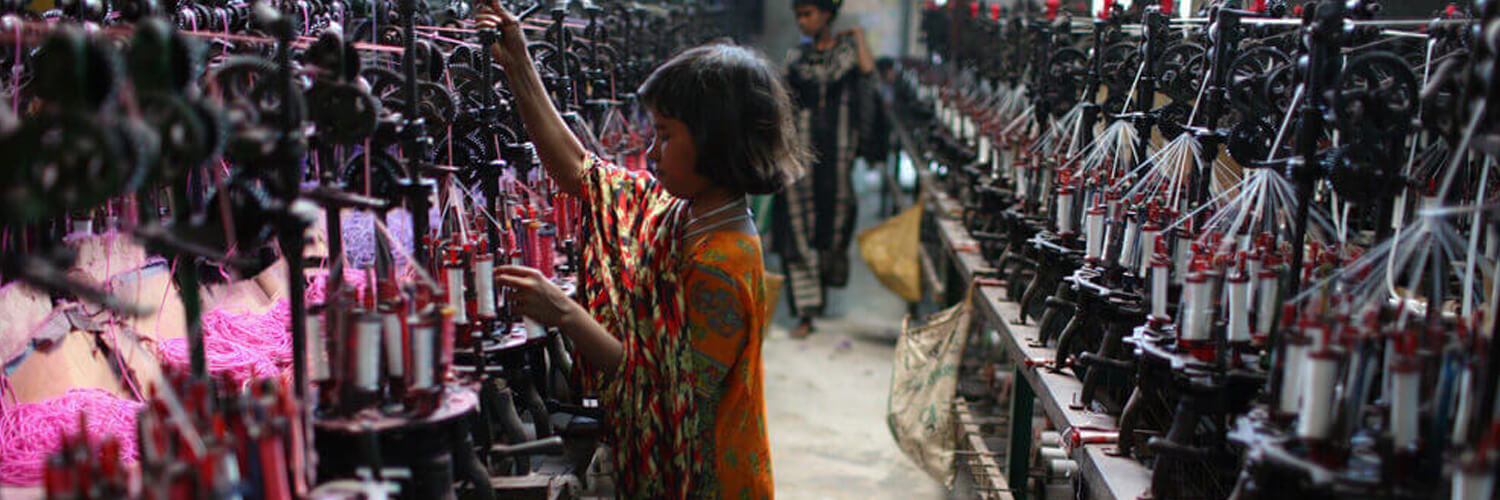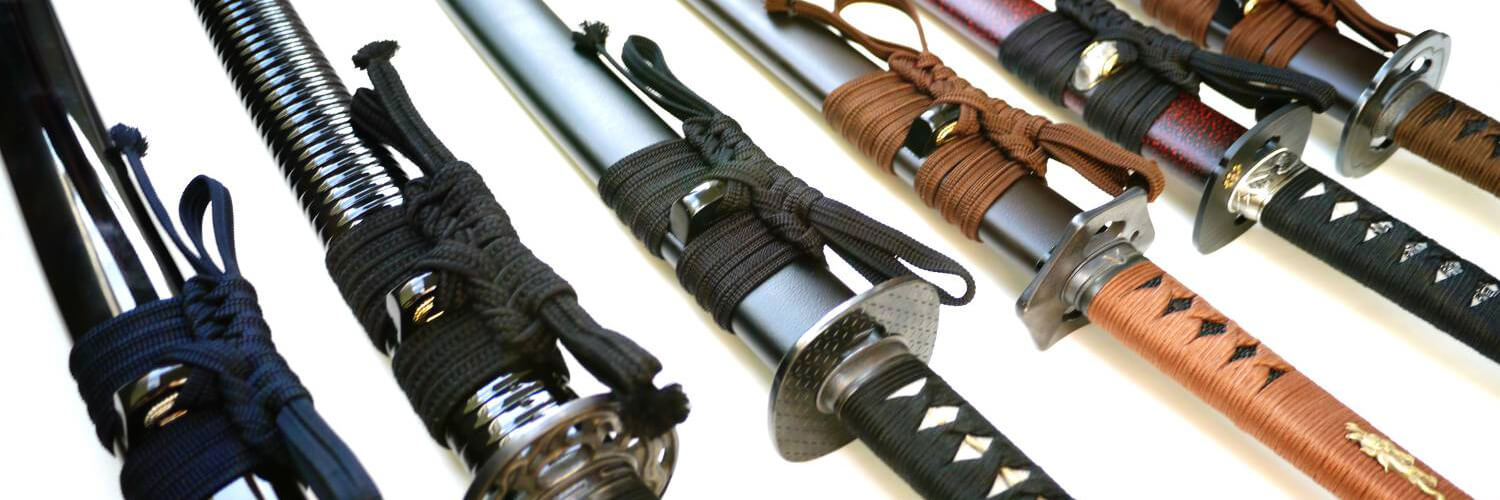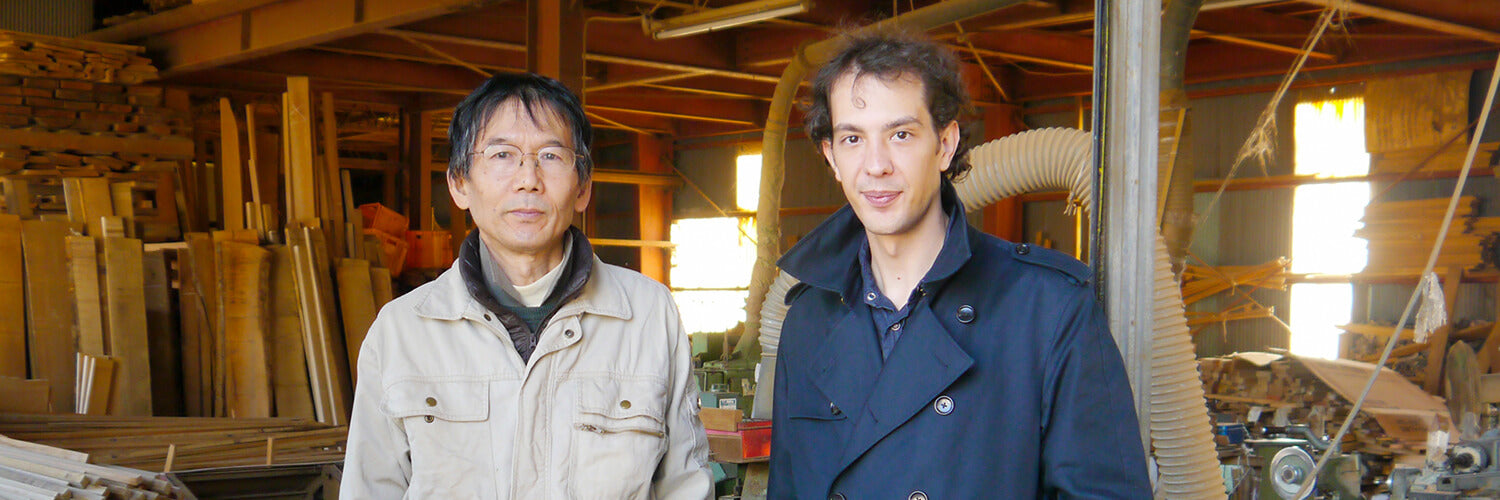
For a decade, Seido has been deeply involved in assisting/counseling its partner craftsmen to help them going through this difficult time. Today, it is with heavy sadness in our hearts that we have to publicly announce that we failed at providing enough support to the Horinouchi workshop, to the point that the workshop is closing mid-September 2019. Let's start with a quick translation of the letter we received from the workshop in early August 2019.
